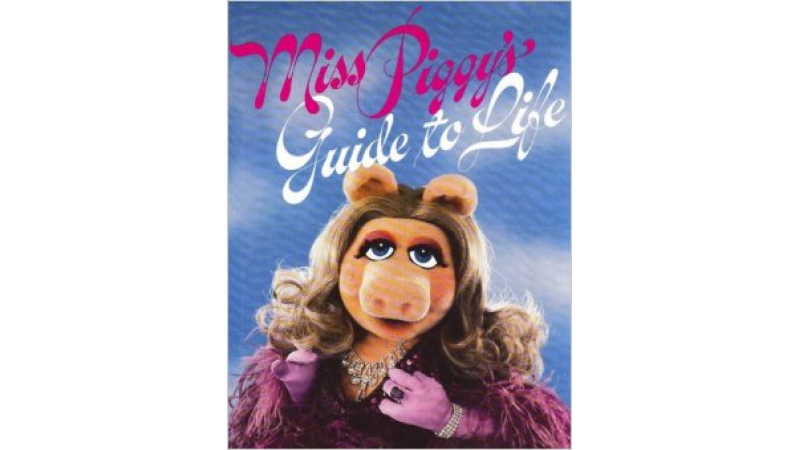 A good friend of mine, and fellow bookworm, challenged me recently to explain something she picked up on in her newsfeed. Incidentally, it is one of the first things I learned about when I became a librarian. Weeding. Not the garden variety exercise, but one that achieves the same basic purpose: space for continuous healthy growth. Since spring cleaning is trending in our lives for the moment, and I still have the Facebook conversation between bibliophiles on my mind, this post for National Library Week (this week!) reflects on the questions about this practice...
A good friend of mine, and fellow bookworm, challenged me recently to explain something she picked up on in her newsfeed. Incidentally, it is one of the first things I learned about when I became a librarian. Weeding. Not the garden variety exercise, but one that achieves the same basic purpose: space for continuous healthy growth. Since spring cleaning is trending in our lives for the moment, and I still have the Facebook conversation between bibliophiles on my mind, this post for National Library Week (this week!) reflects on the questions about this practice...
- Why do libraries deselect books?
- How do librarians decide which books stay or go??
- And, what happens to them???
A voracious reader, I obviously stockpiled books for decades. I used to have over a thousand in my personal collection, and even now I have an overstuffed bookshelf at home. But note that I use the singular; I have ONE overstuffed bookshelf. Librarian-ing has taught me to reduce, reuse, and recycle my personal stash, but I am fortunate enough to be surrounded by thousands of books at work every day and I am a library user, so I don’t need so many at home. My collection development policy is pretty straightforward:
 Is it autographed? Keep.
Is it autographed? Keep.- Is it Harry Potter? Keep; softcover set for lending and hardcover set for personal use.
- Is it a quilting or comic book? Keep; lend if I never want to see again.
- Is it Miss Piggy’s Guide to Life? Keep; cite frequently.
- Is it The Godfather? Keep; if someone says they don’t like to read, give it to them and acquire new copy.
- Is it something I borrowed? Keep; when 1-2 years have passed, give it back (read or unread).
- Is it a play by August Wilson or a reference book for African American studies? Keep.
- Is it a good book (and doesn’t fit above criteria)? Store until the opportunity arises to give it to someone who will enjoy it.
- Is it a magazine? Read and recycle.
- Is it a boring book or one I didn’t like/finish? Turn around on bookshelf so no one can see the spine; eventually leave in local library’s donation bin or in front of their door under cover of night.
Okay, maybe my CD policy is not so straightforward... And I should NOT have left books in front of the library that time, but it was before I joined the profession. Importantly, I trusted that the librarians would figure out what to do with them. It’s their/our job! Right? And librarians have to decide how to manage an entire community’s books, which is no easy task.
So:
Why do libraries deselect books? According to a study by Juris Dilevko and Lisa Gottlieb at the University of Toronto, the top reasons (in decreasing significance) are: need to maintain accuracy of information, physical condition of item, space considerations, low circulation of item, duplicate copies exist, and need to keep the library as a current and vital resource. Further down the list is “gain more knowledge of the library collection”, which has been my experience. Just like spring cleaning at home, we librarians find ourselves saying “I didn’t know we had this…” or “I forgot all about that” while weeding in the stacks. It is an opportunity to stay familiar with the collection and assess needs that aren’t obvious, leading to better readers advisory interactions.
How do librarians decide which books stay and which books go? This is spelled out in a library’s collection development policy, but there are a few acronyms for popular approaches:
- CREW method – Continuous Review, Evaluation, and Weeding
- WIDUS method – Worn out, Inappropriate, Duplicated, Uncirculated, Superseded
- MUSTIE method – Misleading, Ugly, Superseded, Trivial, Irrelevant, Elsewhere
- WORST method – Worn out, Out of date, Rarely used, Supplied elsewhere, Trivial or faddish
What happens to the books when they leave the library? Some libraries or their Friends groups sell them and use the money for library programs, and they are often donated (check out the ALA Factsheet on Book Donation Programs). But there can be a moral dilemma – should libraries sell or donate out-of-date or inaccurate materials? There are also “last copy” centers and projects where libraries in a region or consortium will make sure that at least one copy of the book is kept and available through interlibrary loan.
Ideally, there is a vetted procedure, method, and discard process in place for weeding the collection of a library, and it doesn’t become a traumatic experience for librarians or patrons. Here are few ideas for getting everyone on board and keeping the community informed:
- Teach students to weed as part of information lesson (Gail Dickinson)
- Hold annual shelf reading parties where volunteers are taught about CREW and go through the entire collection (Dilevko & Gottlieb)
- Offer workshops about weeding for the public (Dilevko & Gottlieb)
- Bring in experts in their field from the community and assign them to relevant sections (Dilevko & Gottlieb)
Luckily, I don’t have to do too much weeding, since I work in an archive, but we do have a procedure for determining which duplicates to send to offsite storage when necessary.
How do you decide what books are must-haves in your library?






